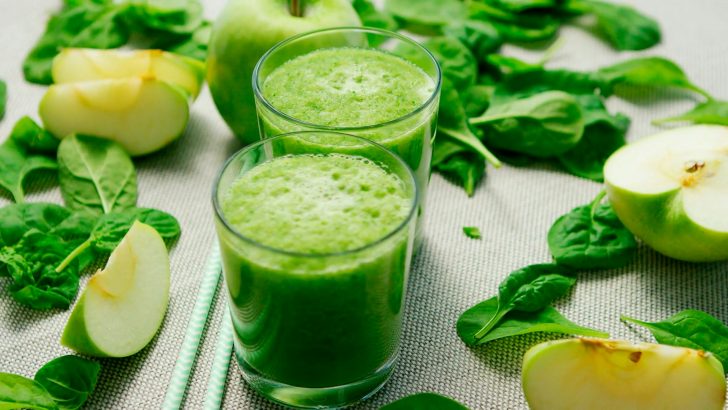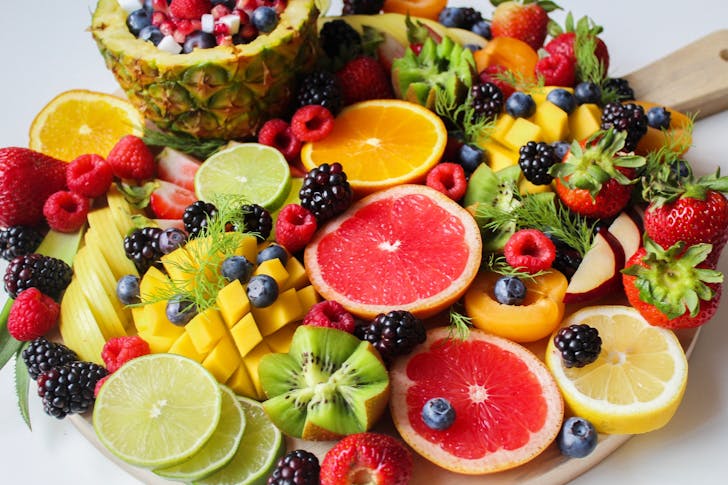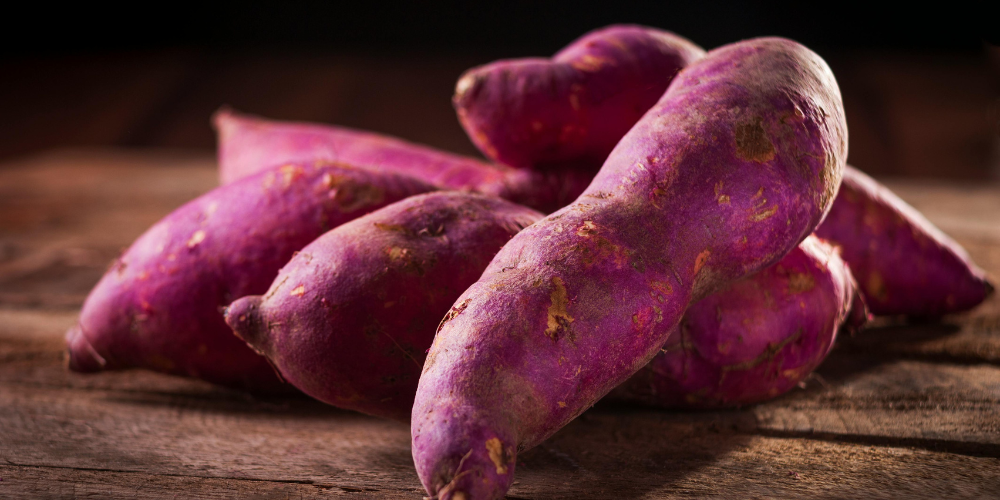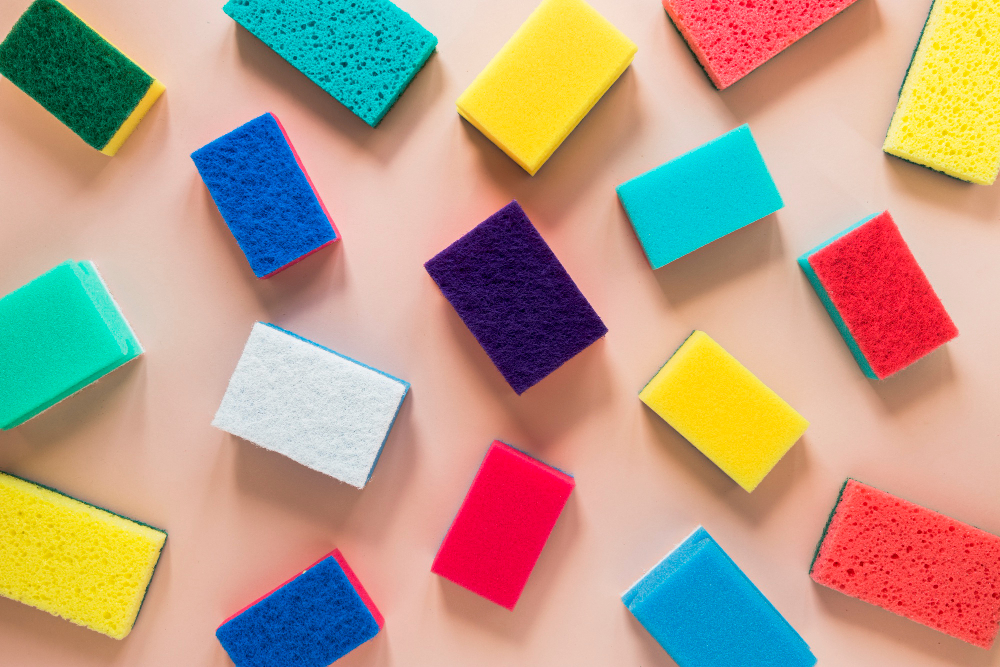When it comes to boosting health and well-being, the concept of a detox diet frequently comes up. You have probably heard about it from fitness enthusiasts, health gurus, or even friends. But what exactly is a detox diet, and how does it work? If you are curious about how to detox effectively or if it is worth the hype, this guide has got you covered.
In this article, we will explore what a detox diet really is, how it works, and what foods and practices are involved in this popular approach to wellness. Let’s get into it right away:
What Is a Detox Diet?
Essentially, a detox diet is designed to rid your body of toxins, giving your internal organs a "clean slate" to function better. While your body naturally detoxifies through the liver, kidneys, and skin, proponents of detox diets claim that certain foods and dietary practices can support and accelerate this process.
Detox diets can vary, from juice cleanses to eliminating specific food groups. All these aim to enhance your body’s natural detoxification mechanisms.

Jugo / Unsplash / The primary idea is to help your body reset. Advocates say that a detox diet can aid in weight loss, boost energy, improve digestion, and even lead to clearer skin.
While detox diets have become trendy, it is important to approach them with a clear understanding of what they involve and what they aim to achieve.
How Do Detox Diets Work?
A detox diet typically follows a simple principle: Reduce the intake of harmful substances while increasing the intake of nutrient-rich foods that support detoxification. The key is to limit processed foods, refined sugar, alcohol, and caffeine - all of which can contribute to toxin buildup in the body.
Most detox diets focus on consuming whole, organic foods. You will likely eat lots of fruits, vegetables, and leafy greens that are high in vitamins, minerals, and antioxidants. These nutrients play a vital role in boosting liver function, improving digestion, and promoting overall health.
Apart from that, some detox diets emphasize the importance of staying hydrated to help flush out toxins.
What Can You Eat on a Detox Diet?
When following a detox diet, the goal is to nourish your body with whole, natural foods that support detoxification. This means avoiding processed or packaged foods and sticking to nutrient-dense choices. Vegetables like kale, spinach, and broccoli are often at the top of the list due to their high antioxidant content and liver-boosting properties.

Jane / Pexels / Fruits such as berries, apples, and citrus are ideal because they are high in fiber and vitamins that aid digestion.
Fiber is a critical component of a detox diet because it helps remove waste and toxins from the digestive system. Similarly, whole grains like quinoa and brown rice are considered detox-friendly. Why? Because they provide essential fiber and nutrients without the added chemicals found in processed foods.
Healthy fats, like those from avocados, nuts, and seeds, are encouraged as well. These fats support cell regeneration and help absorb fat-soluble vitamins. Drinking plenty of water is essential. However, herbal teas and fresh juices made from fruits and vegetables are also popular choices for staying hydrated and boosting the body’s detoxifying abilities.
What to Avoid During a Detox Dietary Plan?
Detox diets often require cutting out processed foods that contain additives, preservatives, and artificial ingredients. This includes:
- Fast foods
- Frozen meals
- Sugary snacks etc ...
Plus, detox diets often limit or eliminate alcohol, caffeine, and sugary drinks. These substances can interfere with liver function and slow down the detoxification process. The idea is to give your digestive system a break from foods that might be hard to process, allowing your body to focus on detoxification.








